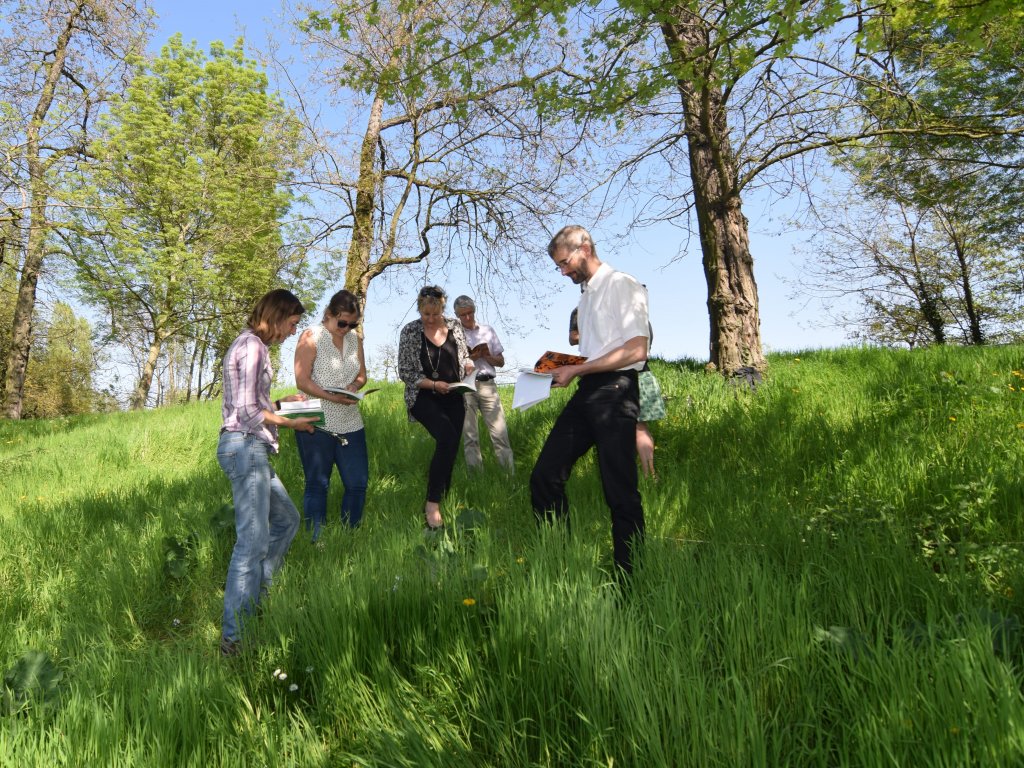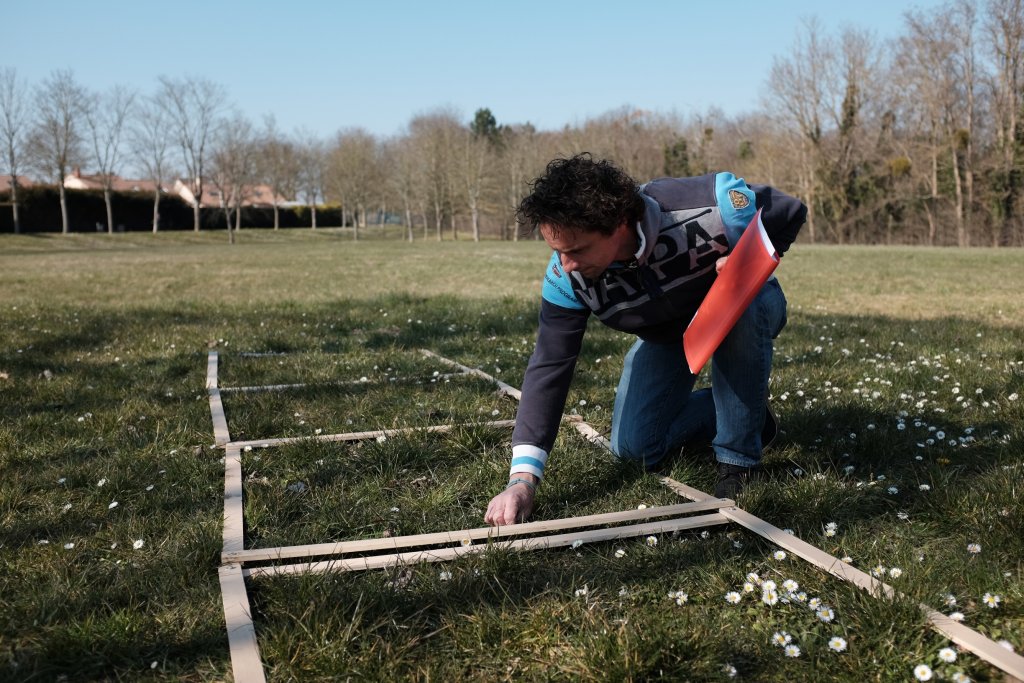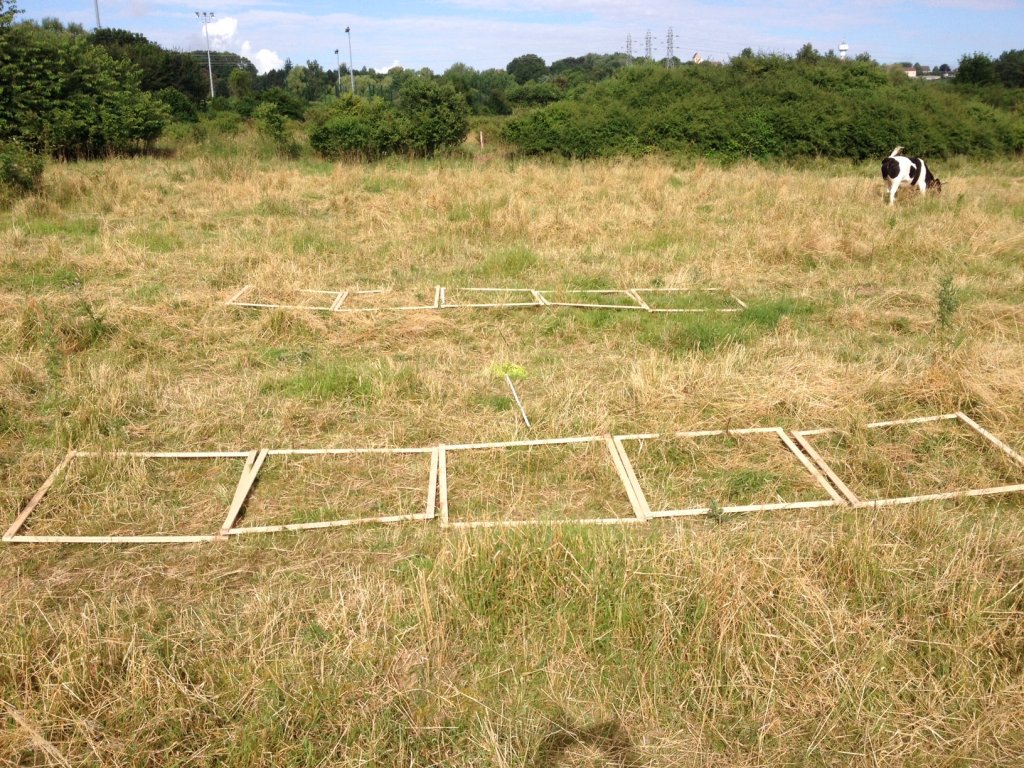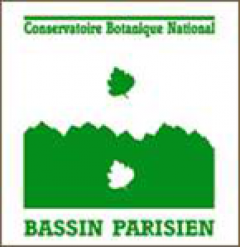Objectives
Monitoring of urban grassland flora by green space managers to calculate an ecological indicator for grassland quality in connection with associated management methods.
Specific actions
Placement of 10 quadrats measuring 1 m x 1 m in the center of a grassland area that is larger than 130 square meters.
A survey of the plants growing inside each quadrat is conducted once a year, between June 1 and July 31.

 Project created
Project created
 Mainland France
Mainland France
Type of project : Field
Participation period : June, July
Level of involvement : Once a year
Project description
This observatory is part of the Vigie Nature network.
Green space managers who want to understand the effect of their management practices on the ecological quality of grasslands, as well as evaluate the dynamics and changes in these habitats. Scientists have provided effective standardized tools for monitoring urban grassland flora, especially in northern France. Florilèges – prairies urbaines seeks to gather data on these ecosystems over a long period of time and a large geographical area.
Green space managers are helping to support a collective effort to gather data on grassland flora. These data will be used to calculate an ecological indicator on grassland quality in connection with associated management methods, thereby offering a decision support tool for best field practices.
Participant testimonials
How the project started
Florilèges – prairies urbaines was co-developed in 2014 and launched in 2015 by the Muséum national d’Histoire naturelle, Plante et Cité, the Conservatoire botanique national du Bassin parisien, the Département de Seine-Saint-Denis and the Agence régionale de la biodiversité en Île-de-France to improve knowledge on the effect of management practices on the ecological quality of grasslands as well as on the dynamics and changes in these habitats through standardized monitoring of urban grassland flora.
The participation
 Required equipment
Required equipment
Les fiches du protocole et de relevé
la Clé des prairies
Des planches de bois, des mètres de carreleur ou des piquets avec de la ficelle pour réaliser les carrés d’1 m × 1 m. En prévoir au minimum 3 pour faire trois groupes
Un décamètre pour noter les distances
Une loupe de botaniste
Co-managers
Martin Jeanmougin
Coordinateur Programmes Gestionnaires Vigie Nature
Muséum national d’Histoire naturelle (MNHN)
UMR 7204 Cesco









